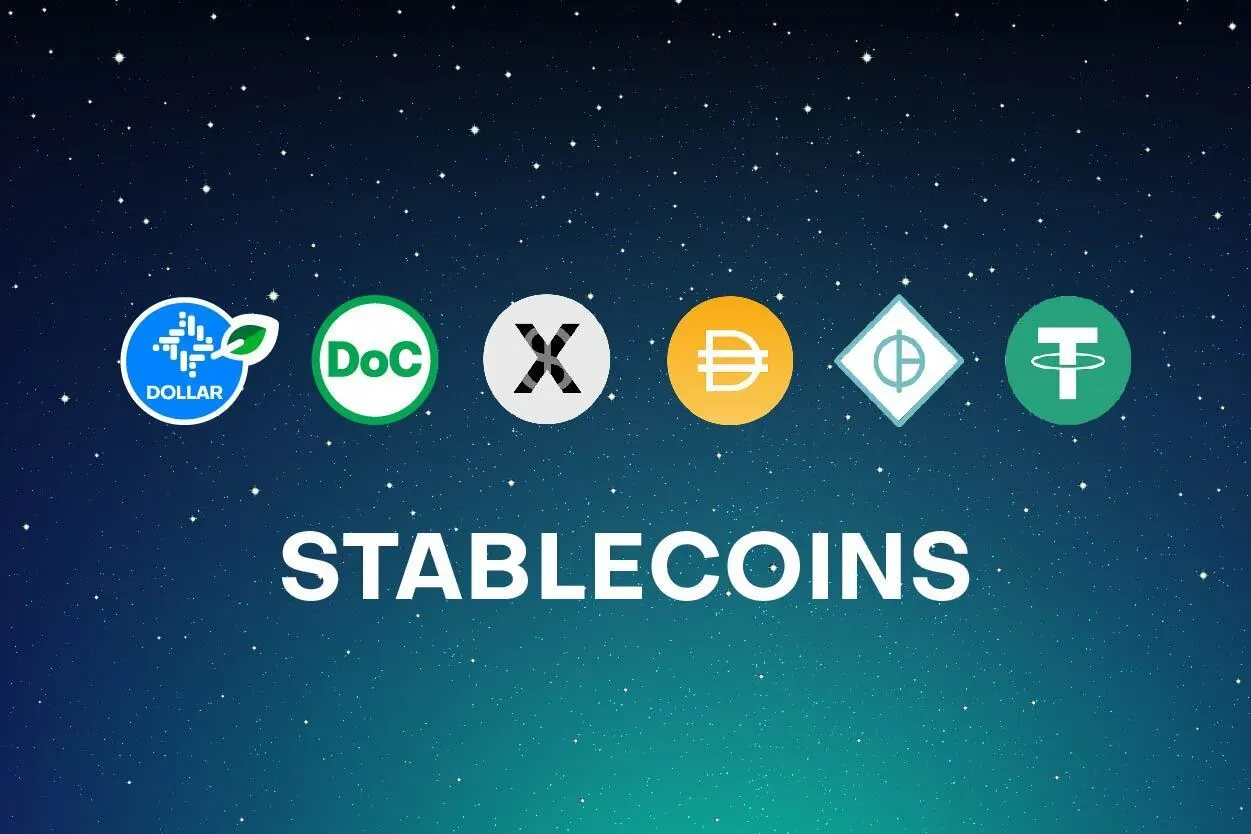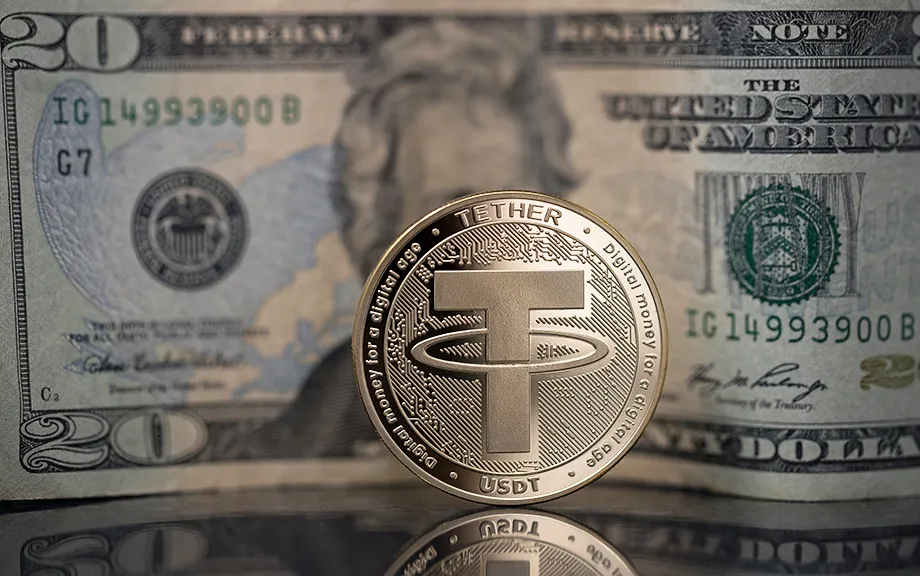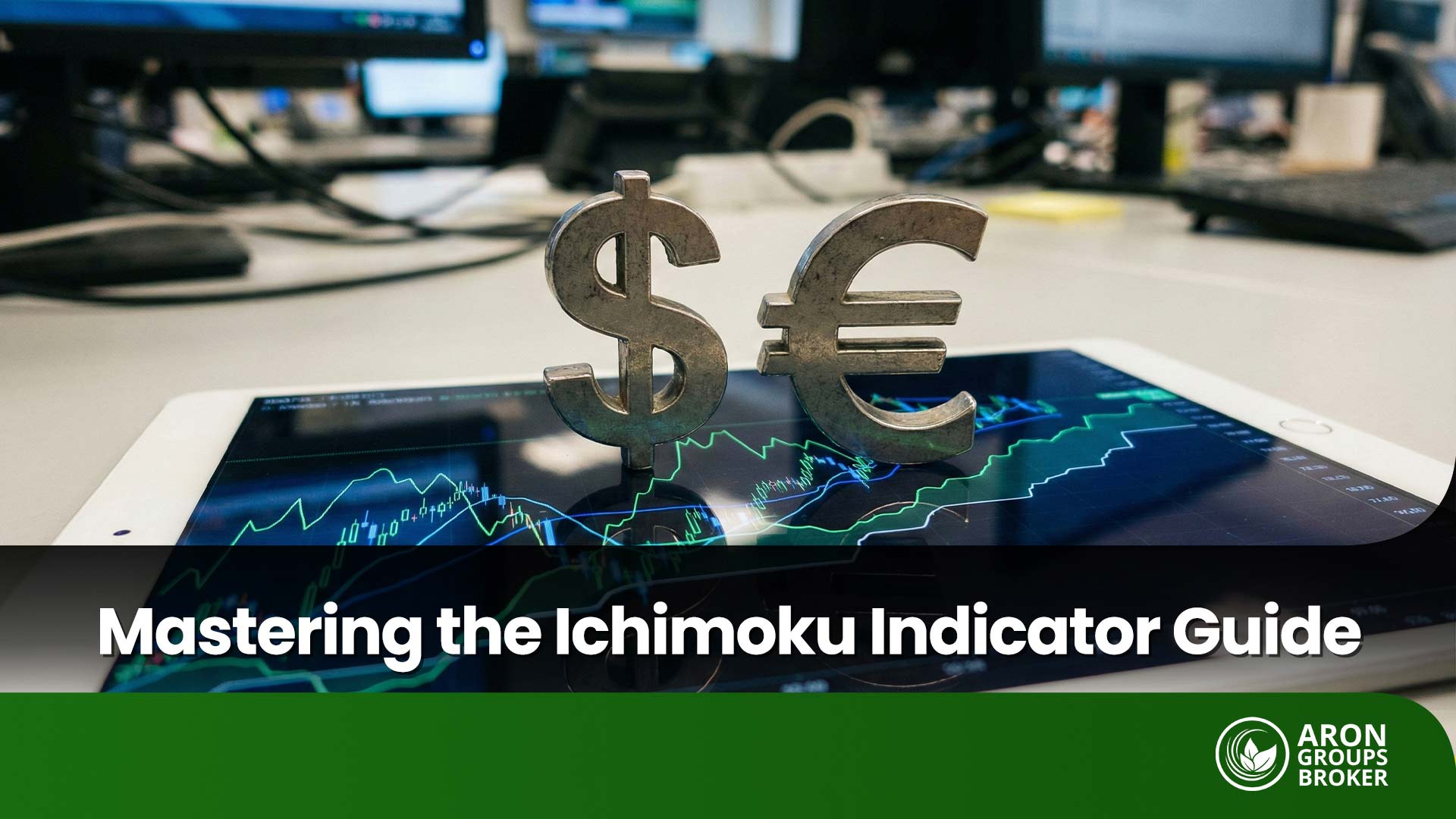In the name of God
StableCoins
In the volatile landscape of cryptocurrencies, stability has always been a sought-after attribute. Enter stable coins, a unique class of digital currencies designed to maintain a stable value by pegging their worth to an underlying asset or a combination of mechanisms. Acting as a bridge between the traditional financial system and the world of cryptocurrencies, stable coins offer a reliable means of exchange, store of value, and unit of account. In this article, we will explore the concept of stable coins, their types, mechanisms, use cases, and the challenges they face.

_ Understanding Stable Coins :
Stable coins are cryptocurrencies whose value is pegged to an external reference, which can be a fiat currency like the US dollar, a basket of currencies, or even a commodity like gold. Their primary objective is to minimize the price volatility commonly associated with other cryptocurrencies such as Bitcoin and Ethereum. By doing so, stable coins enable users to transact and store value in a more predictable and reliable manner.
_ Types of Stable Coins :
There are three main types of stable coins:
- Fiat-Collateralized Stable Coins: These stable coins are backed by reserves of fiat currency, such as the US dollar or the Euro, held in a bank account. Each issued stable coin represents a claim on the underlying fiat currency at a 1:1 ratio. Examples of fiat-collateralized stable coins include Tether (USDT), USD Coin (USDC), and TrueUSD (TUSD).
- Crypto-Collateralized Stable Coins: These stable coins are backed by other cryptocurrencies held as collateral. The value of the collateral is usually higher than the stable coin supply to ensure stability. Ethereum-based MakerDAO’s DAI is a well-known example of a crypto-collateralized stable coin.
- Algorithmic Stable Coins: These stable coins rely on complex algorithms and smart contracts to maintain price stability. They do not have direct collateral backing. Instead, they use mechanisms such as supply adjustments, algorithmic rebalancing, and incentives to maintain stability. Basis (formerly known as Basecoin) was one such project, although it faced regulatory challenges and ceased operations.
_ Use Cases and Benefits :
Stable coins offer several use cases and benefits in the cryptocurrency ecosystem:
- Facilitating Trading: Stable coins provide traders with a reliable medium of exchange and a store of value to hedge against market volatility. Traders can quickly move in and out of positions without relying on fiat currencies and traditional banking systems.
- Remittances and Cross-Border Payments: Stable coins enable fast and low-cost cross-border transactions and remittances, as they eliminate the need for intermediaries and traditional banking infrastructure. This has the potential to enhance financial inclusion and facilitate economic growth in regions with limited access to banking services.
- Decentralized Finance (DeFi): Stable coins play a crucial role in decentralized finance applications. They serve as a stable unit of account and collateral within lending, borrowing, and yield farming protocols, allowing users to access financial services without being exposed to the volatility of non-stable cryptocurrencies.

_ The Best Stablecoins Available:
- Tether (USDT): Tether is one of the earliest and most well-known stable coins. It is a fiat-collateralized stable coin, meaning that each USDT is backed by a reserve of US dollars held in a bank account. Tether aims to maintain a 1:1 peg with the US dollar and is widely used for trading and as a means of preserving value during market volatility.
- USD Coin (USDC): USD Coin is another popular fiat-collateralized stable coin. It is issued by a consortium called Centre, which is backed by major cryptocurrency exchange Coinbase. Similar to Tether, each USDC is backed by a corresponding US dollar held in a bank account, providing transparency and stability.
- Dai (DAI): Dai is a crypto-collateralized stable coin built on the Ethereum blockchain. It is issued by the decentralized autonomous organization (DAO) MakerDAO. Dai maintains its stability by using collateral, primarily Ether (ETH), which is held in excess of the Dai supply. This over-collateralization mechanism ensures that the value of Dai remains close to $1.
- Binance USD (BUSD): Binance USD is a fiat-collateralized stable coin launched by Binance, one of the largest cryptocurrency exchanges in the world. It operates similarly to USDT and USDC, with each BUSD token being backed by an equivalent amount of US dollars held in a bank account.
- TrueUSD (TUSD): TrueUSD is a fiat-collateralized stable coin that operates on the TrustToken platform. It provides users with a transparent and audited stable coin backed by US dollars held in escrow accounts. TrueUSD offers real-time attestation of its funds, ensuring that the amount of fiat currency backing the stable coin matches the circulating supply.
- Paxos Standard (PAX): Paxos Standard is a fiat-collateralized stable coin issued by Paxos Trust Company. It is regulated and operates under the oversight of the New York State Department of Financial Services (NYDFS). Each PAX token is backed by US dollars held in FDIC-insured banks.

_ Challenges and Risks :
While stable coins offer stability, they also face challenges and risks:
- Centralization and Counterparty Risk: Fiat-collateralized stable coins rely on centralized entities to hold and manage the underlying reserves. This introduces counterparty risk, as users must trust the issuer to maintain the proper reserves and transparency.
- Regulatory Scrutiny: Stable coins have attracted regulatory attention due to concerns regarding anti-money laundering (AML), know-your-customer (KYC) compliance, and potential systemic risks. Regulatory actions and uncertainties can impact the usability and acceptance of stable coins.
- Stability Risks: Algorithmic stable coins face the challenge of maintaining stability in extreme market conditions. The reliance on complex algorithms and incentives introduces the risk of failure or manipulation, leading to price deviations.

Stable coins have emerged as essential tools in the cryptocurrency world, providing stability, predictability, and ease of use to users. They bridge the gap between traditional finance and the digital asset ecosystem, enabling efficient transactions, remittances, and participation in decentralized finance. However, challenges such as centralization, regulatory scrutiny, and stability risks must be addressed for stable coins to realize their full potential. As the cryptocurrency industry continues to evolve, stable coins will remain a crucial component, fueling the growth and adoption of digital currencies in the global economy.































